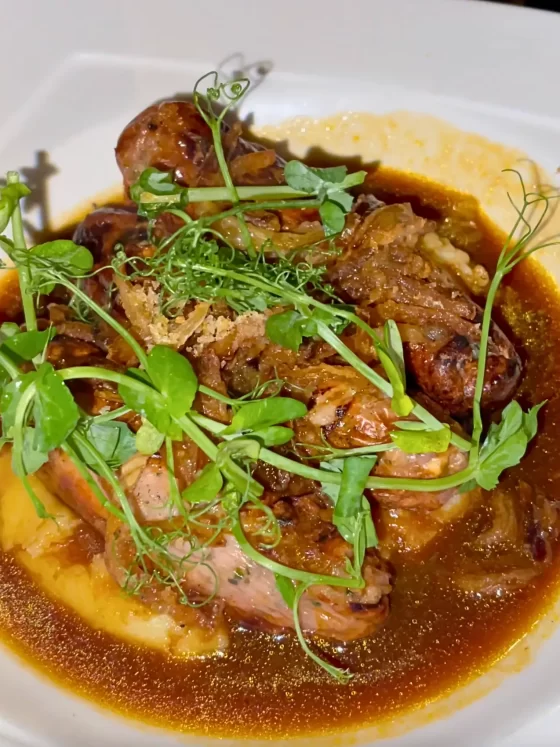Ultimate London Travel Guide: Must-Know Tips for First-Time Visitors
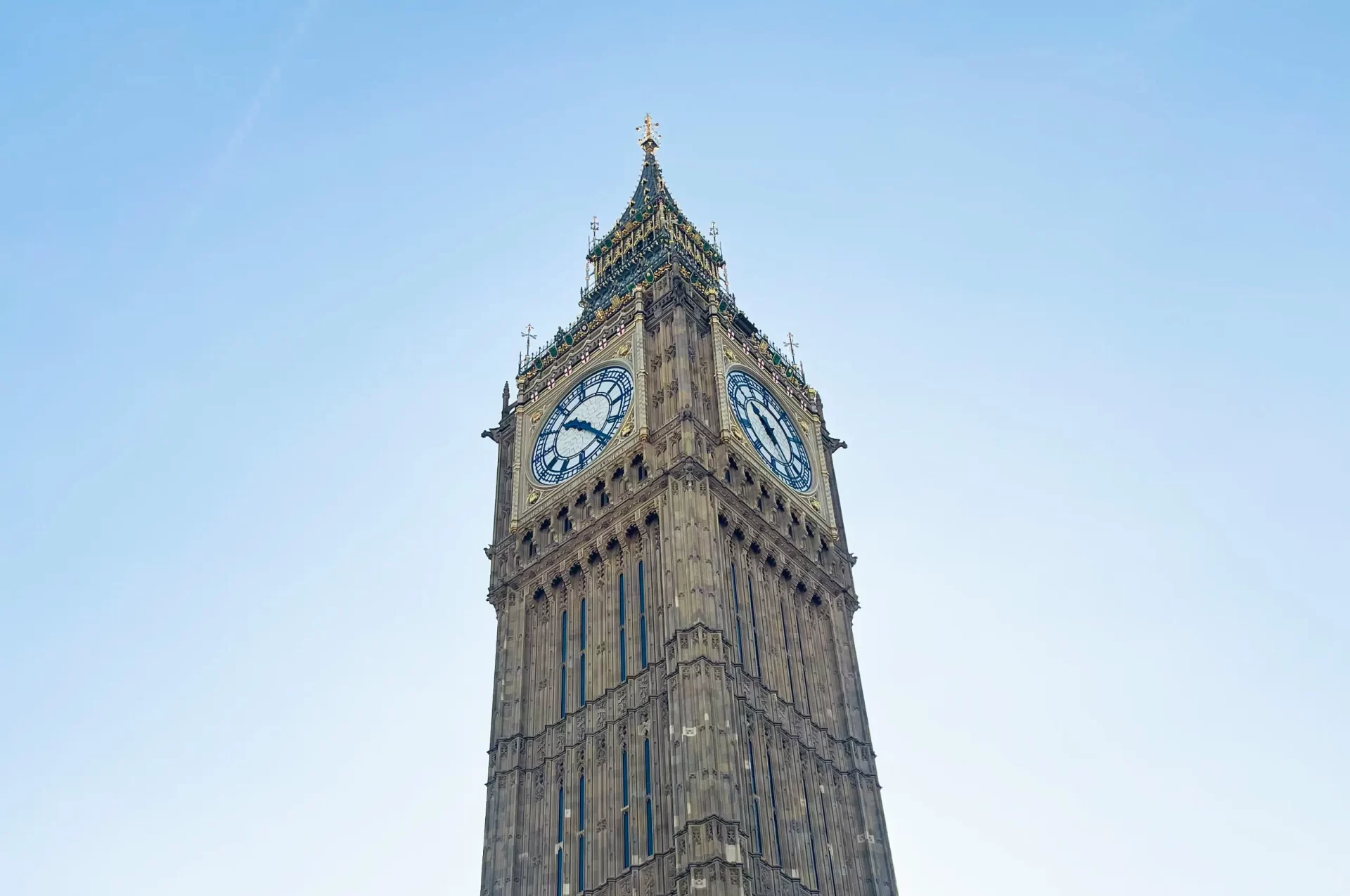
London is a vast and vibrant city, offering diverse neighborhoods and endless activities to explore. This London travel guide will help you make the most of your stay by selecting convenient accommodations, navigating the city, and choosing seasonal activities and must-do experiences.
Where to Stay: Choose Your Location Based on Planned Activities
London’s neighborhoods each have unique attractions, so planning your accommodations around what you want to do and how many days you have in London is key to an enjoyable visit.
London is divided into nine fare zones, with Zone 1 at the center covering major tourist and commercial areas. If you’re visiting for the first time and want to explore London’s main attractions, it’s best to book your accommodations in or near Zones 1-2 (3 may work as well). This will ensure easy access to cultural and historical attractions and will help you avoid long commutes, especially after a day of exploring. While more distant zones may have cheaper hotels, it’s worth staying central, as moving between widely spaced neighborhoods can add significant travel time.
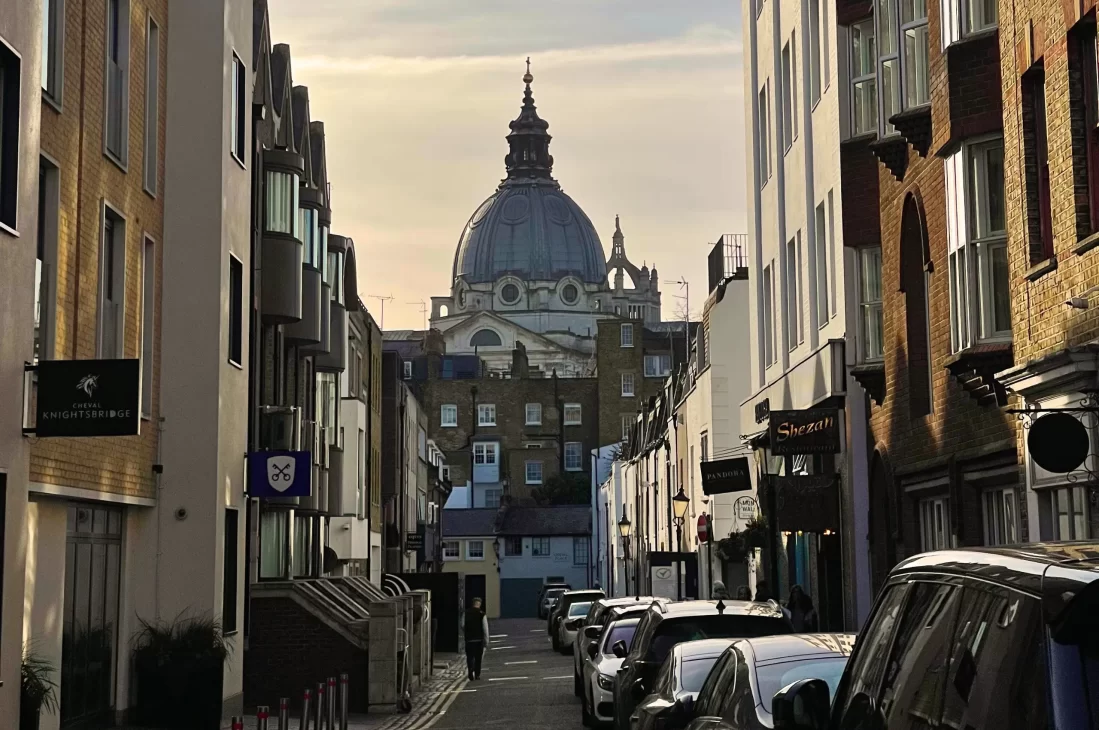
Top recommended areas to stay in are Kensington (west), Covent Garden, Westminster, SoHo (central), Shoreditch and Aldgate (east).
For instance, if you’re focusing on cultural attractions like the British Museum, the West End, and Covent Garden, staying in Central London is ideal. On the other hand, if you’re keen to explore vibrant areas like Camden Market, Shoreditch, or the East End’s art scene, consider accommodations closer to East London.
Getting Around: Transport Tips and How to Avoid the Oyster Card Trap
London’s public transportation is well-connected, making it easy to explore the city by train, bus, and tube. As a tourist, it’s likely you will be recommended to get an Oyster card, however insider tip is to avoid the Oyster card if you’re looking for the most flexible, cost-effective option. Instead, use a contactless credit/debit card or your mobile device’s payment app to tap in and out at stations. This method automatically applies daily caps, ensuring you won’t spend more than the cost of a day travel card, without the hassle of buying and topping up an Oyster card.
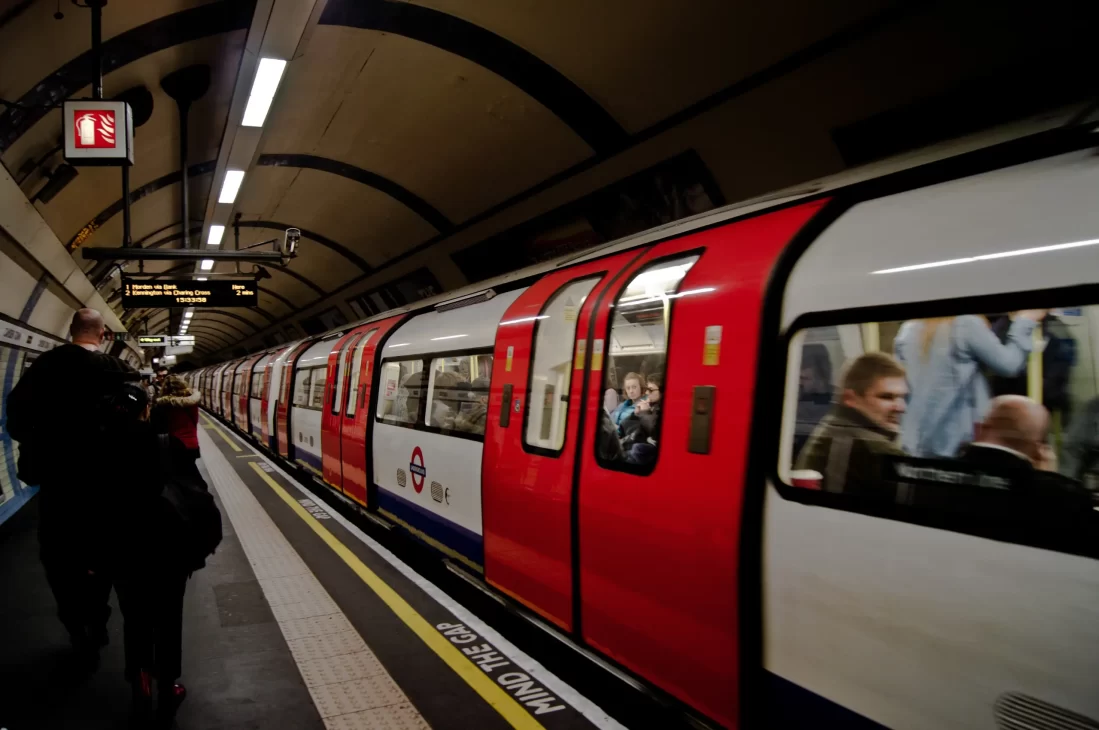
For more flexibility and savings, consider the following:
Buses: Great for sightseeing, buses offer contactless payment too and are budget-friendly.
Walking and Cycling: Central London is highly walkable, and cycling is also popular, consider using Santander Cycles (commonly known as “Boris bikes”) for a scenic ride through the parks or along the Thames.
Seasonal Advice: Enjoy London All Year Round
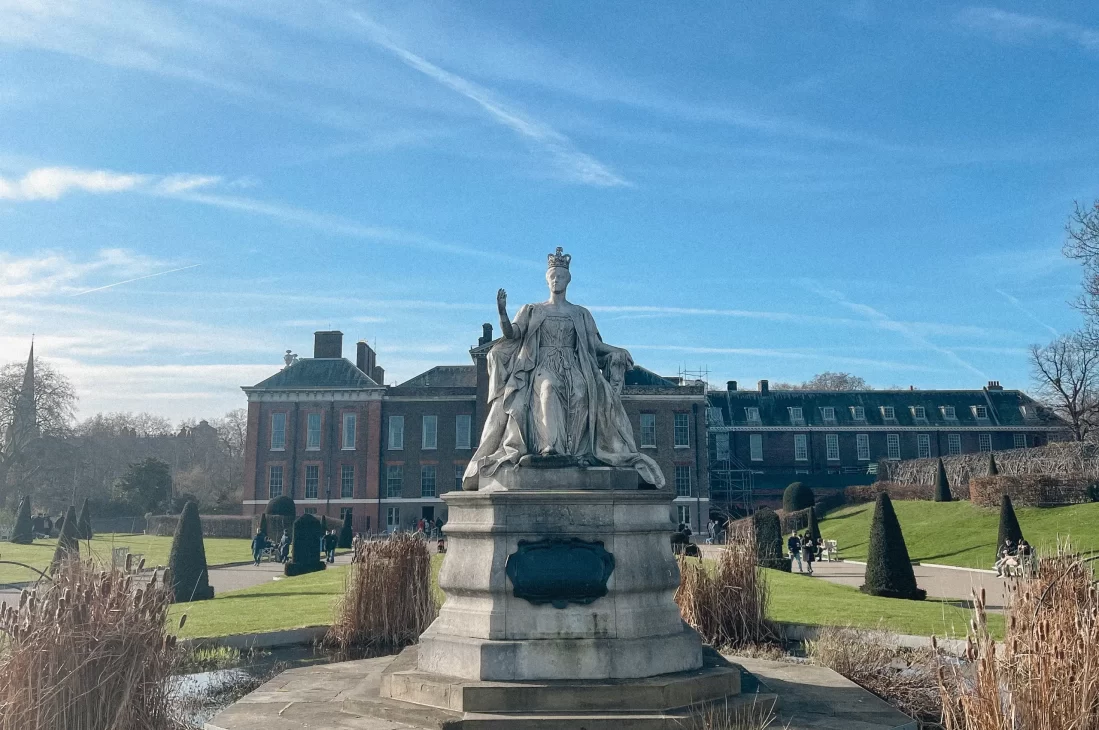
London has something to offer every season, but each season brings its own charm:
Spring (March – May): Gardens are blooming, making it an ideal time for outdoor sights like Hyde Park, Regent’s Park, and Kew Gardens. Be sure to check out the Chelsea Flower Show if you’re visiting in May.
Summer (June – August): Peak tourist season means lively festivals, pop-up events, and open-air theater performances. Make sure to book popular attractions in advance.
Autumn (September – November): The city’s parks are vibrant with fall colors, and it’s an excellent time to explore London’s museums, cozy pubs, and food markets without summer crowds.
Winter (December – February): Enjoy festive lights and Christmas markets across the city. For an iconic experience, visit the Winter Wonderland at Hyde Park, open from mid-November through early January.
Must-Do Activities in London
When in London, certain experiences are essential to get a full taste of the city’s history, culture, and culinary scene:
Historical & Cultural Landmarks: Visit the Tower of London, Buckingham Palace, Kensington Palace, Shakespeare’s The Globe, Big Ben, and the Houses of Parliament for a glimpse into Britain’s storied past.
Museums and Galleries: The British Museum, Tate Modern, and the Victoria and Albert Museum are world-class institutions offering free entry, with special exhibits available at additional costs.
West End Musicals: London’s West End is a must for theater lovers. Catching a musical or play here is an iconic experience, with shows like The Phantom of the Opera, The Lion King, and Harry Potter and the Cursed Child drawing international crowds.
Sunday Roast: For those in London over a weekend, indulging in a traditional Sunday roast is a must. Many pubs serve roasts featuring beef, lamb, or chicken with all the classic accompaniments, such as Yorkshire pudding and roast potatoes. Blacklock and The Harwood Arms are excellent choices.
Afternoon Tea: This British tradition is a treat worth scheduling. Venues like Fortnum & Mason, Claridge’s, and The Ritz offer luxurious tea experiences with finger sandwiches, scones, and pastries in elegant settings.
Food Markets: Explore London’s vibrant food scene at Borough Market, where you’ll find artisanal foods and international delicacies. Other great spots include Camden Market and Broadway Market for street food and local specialties.
English Breakfast: Start your day with a hearty full English breakfast, complete with eggs, sausages, bacon, beans, mushrooms, and toast. Cafés across London, like The Wolseley and Regency Café, are known for doing a classic English breakfast justice.
Whether you’re immersing yourself in culture, savoring British cuisine, or navigating London’s streets, these tips will ensure your trip is enjoyable and well-planned.

